Salt Lake City Corporation’s Workforce Air Quality Action Plan
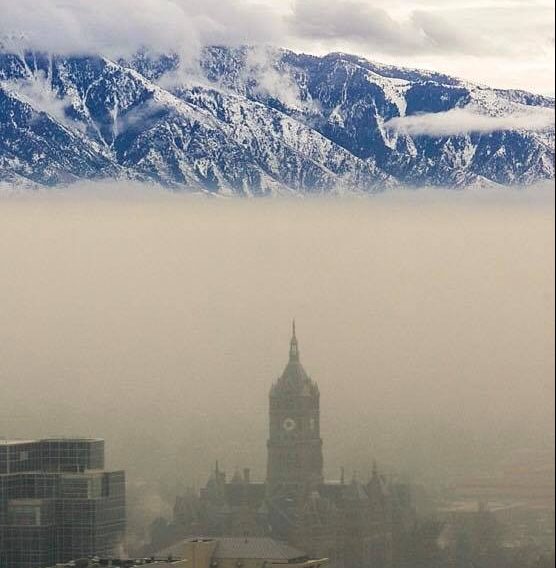
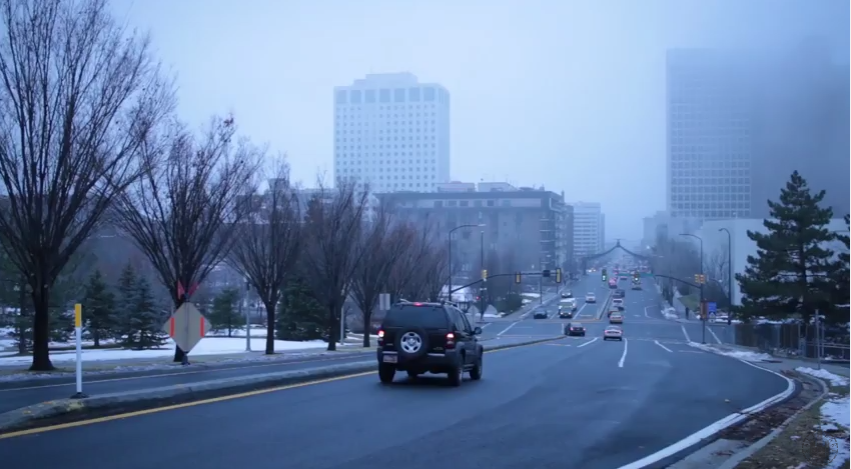
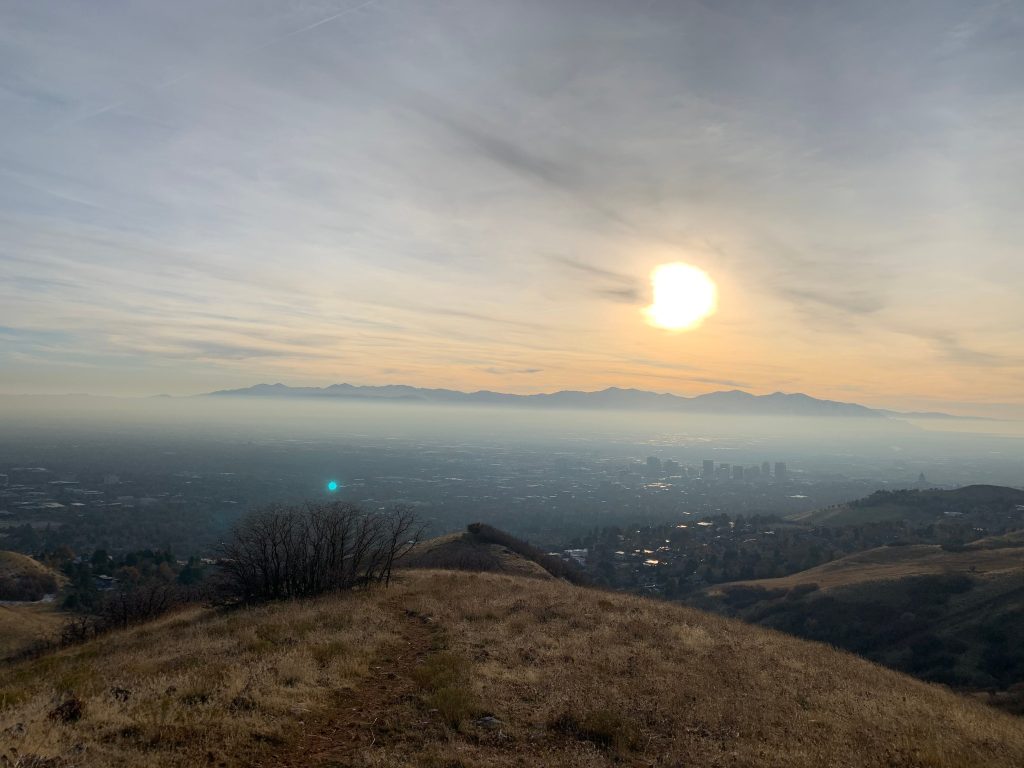
Salt Lake City is working on a number of fronts to reduce pollution that leads to climate change as well as poor air quality.
In 2021, Salt Lake City launched the Air Quality Action Plan, which is an initiative to encourage City employees to telecommute or modify their commutes during days when air quality is deteriorating or considered unhealthy (Mandatory Action Days). By rethinking their commutes, employees can help improve air quality, save fuel, reduce traffic, and stay active.
Salt Lake City will distribute an e-mail Air Quality Action Day notification if the State Department of Air Quality forecasts any Mandatory Action Days in the next 48 hours. The email will include the actions City employees can take to help improve air quality, such as working from home or taking transit. It will also include suggested precautionary measures for employees to take if the air quality is Unhealthy, Very Unhealthy, or Hazardous.
Resources for Salt Lake City Employees
Definitions
Mandatory Action Day – Mandatory action day means a day where notice has been issued at least 48 hours in advance by the director of the Utah Division of Air Quality that the concentration of air pollutants measured in a county are predicted to reach or exceed levels of air pollution that are unhealthy for sensitive groups.
Eligible Employees – Employees that are in positions eligible for long-term and short-term remote work and who have received approval from a supervisor, as specified in HR Policy 3.01.05 Section IV.
Non-Eligible Employees – Employees whose duties cannot be performed remotely
Remote Work – Work performed in an alternate location outside of City offices.
Sensitive Groups – Sensitive groups include people with lung disease such as asthma, older adults, children and teenagers.
Prolonged exertion – Any outdoor activity done intermittently for several hours and that makes one breathe slightly harder than normal. For example, working in the yard for part of a day.
Heavy exertion – Intense outdoor activities that causes one to breathe hard, such as jogging, cycling, carrying heavy loads, hiking.
Particulate matter (PM), also known as particle pollution, is a complex mixture of extremely small dust and soot particles. For more information visit Air Pollutants: Particulate Matter.
Ozone (O3) is formed when hydrocarbons and nitrogen oxides chemically react in the presence of sunlight and heat. For more information visit Air Pollutants: Ozone.
Action Days by Color and Pollutant, as determined by Utah Division of Air Quality:
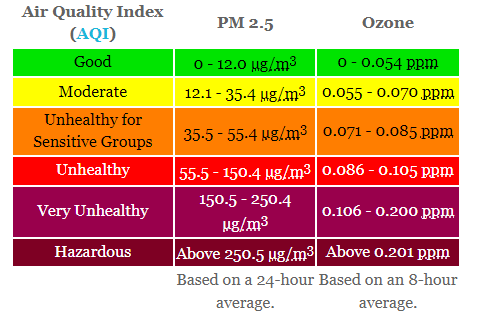
Implementation
Every department is approaching telecommuting and hybrid work schedules differently. For instance, some departments require all eligible employees to come into the office once a week; other departments require at least one employee working in the office every day.
See the Frequently Asked Questions (FAQs) Section for more details.
Directors and Supervisors
Salt Lake City directors and supervisors should determine how to comply with the recommendations for Mandatory Action Days in a manner that best serves the needs of the staff and the Department.
Supervisors will be responsible for setting, publicizing, and implementing the policy for their work groups around Air Quality Action Days. It is important that supervisors provide clear instructions on what is expected from employees when they receive an Air Quality Action Day notification.
Employees
You will receive Air Quality Action Day automatically in your inbox for the forecast for the next two days. If you have any questions about what to do when an Air Quality Action Day notification is sent, please contact your supervisor or your HR representative.
Frequently Asked Questions
What is a Mandatory Action Day?
Mandatory action day means a day where the concentration of air pollutants (ozone or PM2.5) are predicted to reach or exceed levels of air pollution that are unhealthy for sensitive groups. By taking actions to reduce emissions on Mandatory Action Days, we can help improve air quality to healthy levels.
How many Mandatory Action Days are expected and when do they happen?
Mandatory Action Days occur in the wintertime during PM2.5 inversion season and in the summertime during ozone and wildfire seasons. Most Mandatory Action Days will likely occur during the summer season due to ozone and wildfires. Recent data indicate that approximately 40 Mandatory Action Days can occur per year.
Are employees required to participate?
No, participation is encouraged but not required. The program is intended to alert employees and provide recommendations to reduce vehicle emissions and improve air quality. Supervisors should let employees know how to comply with the recommendations for Mandatory Action Days.
What should employees do if they receive an Air Quality Action Day notification for a day when they are scheduled to be in the office?
Supervisors should let employees know what will be expected in this scenario based on the needs of each Division. One option is to designate a backup in-office day. However, Mandatory Action Days could often affect several consecutive days in a week, so be aware that it may not be feasible to have employees in the office even with a backup day if unhealthy air quality condition persists.
What if I have an in-person training or meeting scheduled for a Mandatory Action Day?
Consider whether the event can be switched to a virtual format or be rescheduled. If these options are not feasible, encourage participants to take public transportation, carpool, bike, or walk to the event.
How should employees whose jobs are primarily done outdoors change their activities on Mandatory Action Days?
This depends on an individual’s specific health concerns, as well as Division policy. Employees that can be considered part of a sensitive group, such as anyone with a lung disease, should avoid or minimize prolonged or heavy exertion outside. During ozone season in the summer, schedule outdoor activities in the morning when ozone conditions are better. Personal Protective Equipment (PPE) may be appropriate depending on the air quality conditions (i.e. purple or maroon) and if activities can’t be moved indoor. See the Recommendation Section for more details.
What action should employees take?
The actions that employees should consider will vary depending on the air quality conditions and the individual’s health concerns. Refer to the Recommended Actions section below for a guide with recommendations for different air quality levels, as well as options for eligible and non-eligible employees. For more information on health effects from air quality, please refer to the resources page.
Recommendations
Recommended Actions for Employees
The table below shows the recommendations for different air quality levels. The table also shows options for eligible and non-eligible employees. This table is only intended to serve as a guide. The appropriate actions for each employee will depend on an individual’s health concerns and job functions.
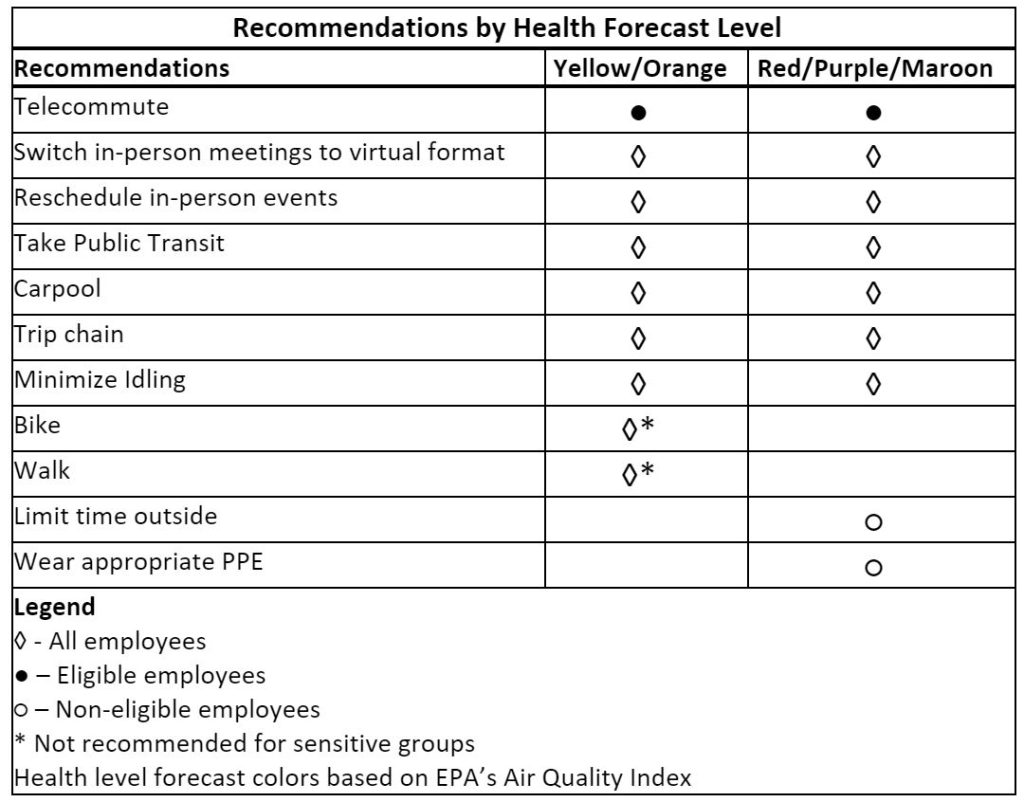
Recommendations for All Mandatory Action Days
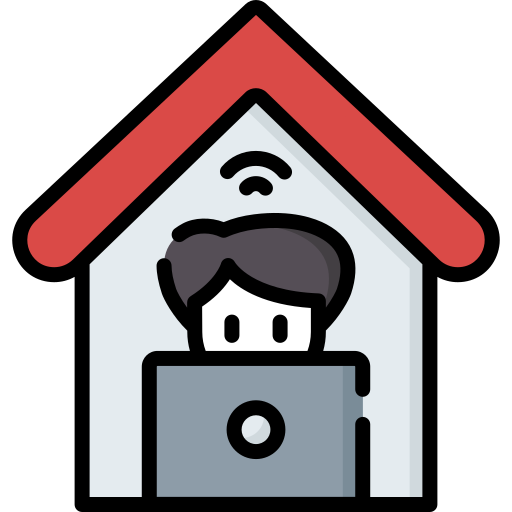
Remote Work: Working remotely can include working from home or a remote site or office. Applies to eligible employees.
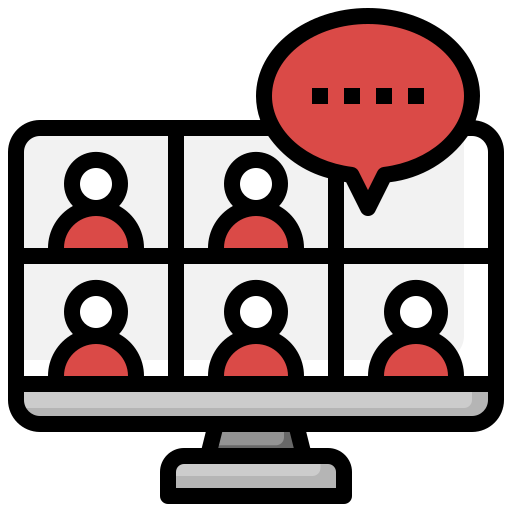
Switch in-person meetings to virtual format: Meeting online rather than in-person can help reduce commuting emissions. Applies to eligible and non-eligible employees.
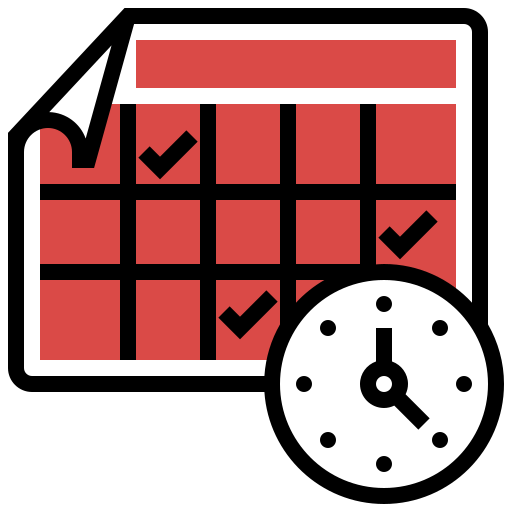
Reschedule in-person events: If meeting virtually is not preferable, it is best to reschedule for a day when the air quality is safe. Applies to eligible and non-eligible employees.

Take Public Transit: UTA has a trip planner and a route finder to help you find your best options. In addition, UTA has a new transit tool that allows you to track the location of a bus or train on your mobile device. Applies to eligible and non-eligible employees.
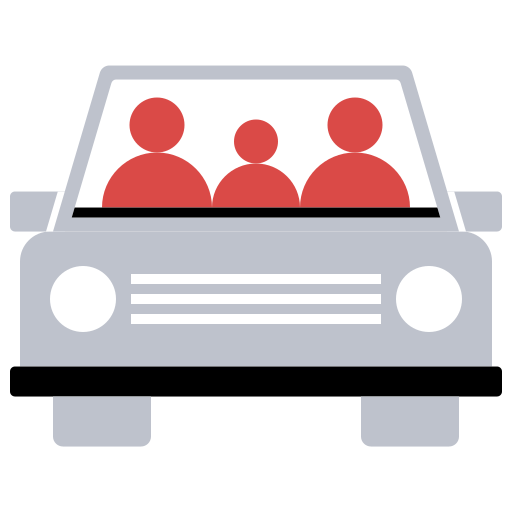
Carpool: If you don’t already carpool there are resources that can help. One is UTA’s rideshare program that matches you up with possible commuting partners. Applies to eligible and non-eligible employees.

Minimize Idling: Reducing idle time can improve air quality and reduce fuel costs. While the emissions from one idling vehicle may not seem like much, when combined with the emissions from other vehicles, the cumulative effect can be significant. Applies to eligible and non-eligible employees.

Bike: Applies to eligible and non-eligible employees. Sensitive groups should avoid or minimize prolonged or heavy exertion outside. To help plan and prepare for your bike trip, check out the Additional Resources below.
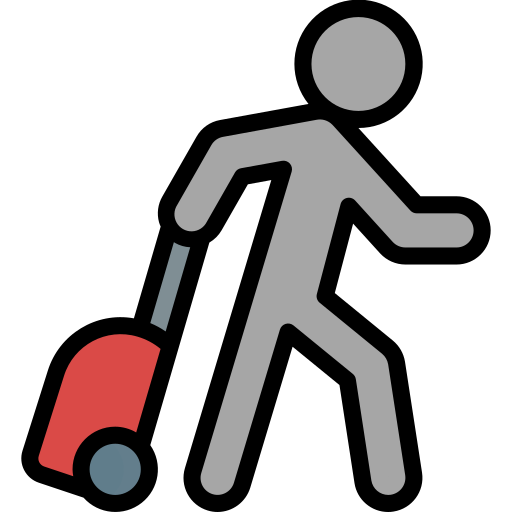
Walk: Help reduce vehicle emissions by walking to your destination. Sensitive groups should avoid or minimize prolonged or heavy exertion outside. Applies to eligible and non-eligible employees.
Additional Recommendations for Red, Purple, Maroon Action Days
On red, purple, or maroon days, the same actions as yellow and orange days apply, but the following health precautions should be considered:
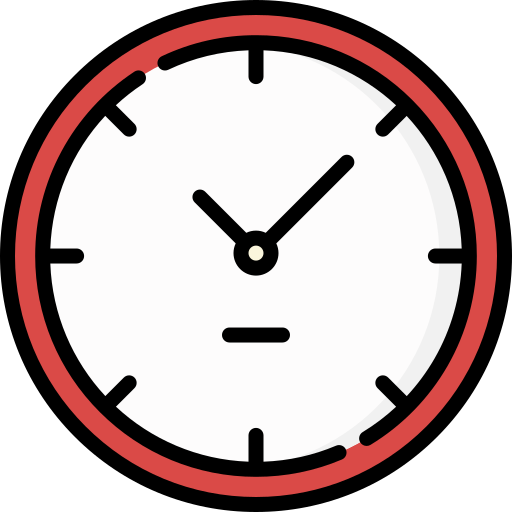
Limit time outside: Protect your lungs by limiting the amount of time you spend outside. Avoid or reduce prolonged or heavy exertion outside. During ozone season in the summer, schedule outdoor activities in the morning when ozone conditions are better.

Wear appropriate PPE: If you do need to go outside for an extended period of time, consider wearing an appropriate mask to protect yourself from dangerous air pollution.
Additional Resources
- https://travelwise.utah.gov/
- Bike Resources:
- The Utah Bicycle Commuter Guide provides information on Utah bicycle laws, equipment needs, riding safety and bicycle security for those who are interested in commuting by bicycle.
- The UDOT Bicycle and Pedestrian Planning Program addresses the infrastructure needs of pedestrians and bicyclists throughout the state.
- Road Respect encourages safe cycling throughout the state, sponsored by Bike Utah, UDOT, the Department of Public Safety (DPS) and Zero Fatalities.
- The Provo Bicycle Committee provides event calendars, road rides, maps and commuting resources.
- The Salt Lake City Mayor’s Bicycle Advisory Committee provides bike maps, bicycling basics, equipment, commuting information and more.
- https://air.utah.gov/
- https://air.utah.gov/forecast.php?id=slc
- https://www.ucair.org/
- https://www.airnow.gov/aqi/aqi-basics/
- https://www.airnow.gov/publications/activity-guides-publications/